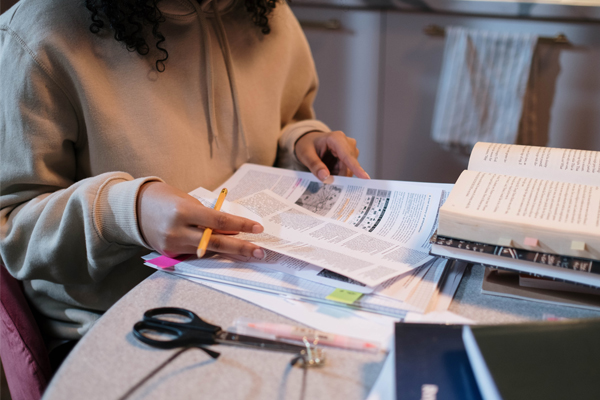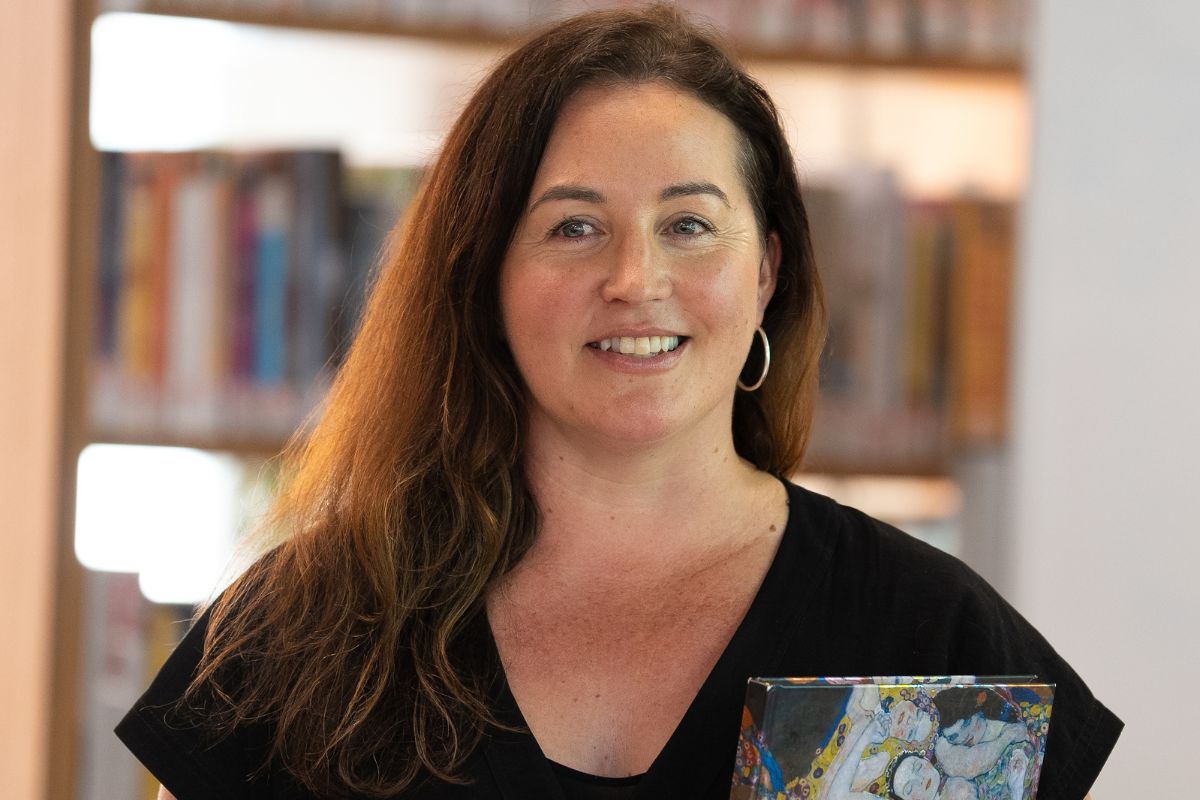How does HSC scaling work?

When it comes to choosing HSC subjects, or the HSC period you may hear the buzzword ‘scaling’.
What is HSC scaling?
Scaling is the standardisation of ‘raw’ HSC marks across various subjects.
It is the first step in calculating the final ATAR.
Why do we need HSC scaling?
HSC scaling allows us to compare results from different level subjects. It is intended to ‘even the playing field.’
HSC scaling ensures students’ marks are fair based on their subject choice.
Essentially, scaling ensures students are not at an advantage or disadvantage for choosing ‘more difficult’ subjects.
The HSC scaling process is completed by the University Admissions Centre (UAC) based on a specific algorithm.
How does HSC scaling work?
Scaling does not favour students who choose harder or easier subjects.
According to UAC, If a course has a high scaled mean it tells us that, on average, the ability of the students in that course is high – in general, they did well in their other courses.
https://www.uac.edu.au/media-centre/news/5-facts-about-scaling
To understand how scaling works, you must remember that the ATAR is based on your child’s:
-
HSC Raw Examination Marks (external)
-
School Assessment Marks (internal)
-
School Assessment ranking (internal)
-
HSC Scaled Examination Marks (external)
The HSC scaling process for each subject
1. Raw marks are obtained
This is where your HSC paper is marked and your ‘raw’ marks are obtained.
Your child’s ‘raw’ mark is their actual mark on the paper, what the examiner gave them when marking.
2. Your raw marks are scaled
Where there are more than 100 marks in an exam, UAC will scale the paper and your raw marks will become a ‘total weighted mark’.
3. Marks of the cohort
UAC will also examine the performance of the entire cohort for the subject.
This is also where UAC will determine different ‘band’ cut-offs.
Your child’s ‘raw mark’ will turn into their ‘Examination Mark’.
Bands are always the same where Band 6 = 90-100, however depending on the performance of the cohort, a random raw mark is scaled (to become a total weighted mark).
For example, a raw mark of 84 could be scaled to 91 and thus your child will receive a Band 6.
Students receive their examination marks for each HSC subject but not their raw marks.
4. Moderating the examination mark
UAC will then ‘moderate’ your child’s HSC examination mark with their Raw School Assessment Marks.
This step is essentially standardising school marks ONLY.
If your child has a high achiever in their cohort, this will boost their mark if they did not perform as well because they are pushing up the mean marks.
5. Final scaling process
The final scaling process involves multiple complex equations.
- Your child will do better if everyone does better
That is why many parents choose schools which perform well academically. But this also involves the rest of the cohort across the state.
If the students in the HSC subjects your child chose do well in THEIR OWN other subjects, the subjects will be scaled up, and thus your child’s marks will also be scaled up.
Should your child choose their subjects based on HSC scaling?
Ida Ajdari, Business Manager and Head Tutor at Sigma Education reveals many of her senior students use scaling to boost their ATAR.
“Let’s say students get 80 in environmental science and 80 in chemistry, the school will typically scale the chemistry higher as it is considered more difficult, and bump up the ATAR.”
She does advise the most important factor is to consider the students personal interests.
“If they don’t work hard or enjoy the subject, a high scaling subject would instead bring their ATAR down. Scaling won’t interfere with them doing well. They should choose a subject if they are passionate and know they are going to do well.”
Can I preview how HSC subjects are scaled?
UAC undergoes the scaling process each year so HSC subjects are scaled differently each year.
For example, it is not automatically assumed that Chemistry is always harder than Society and Culture. Rather, UAC includes the marks of every student in a given year for the scaling process.
So Chemistry will only scale high if the students performed well in their other HSC subjects.
Choosing a school for your child can be difficult, if you wish to receive further information please see Choosing a School NSW 37 or Choosing a School VIC 34.


